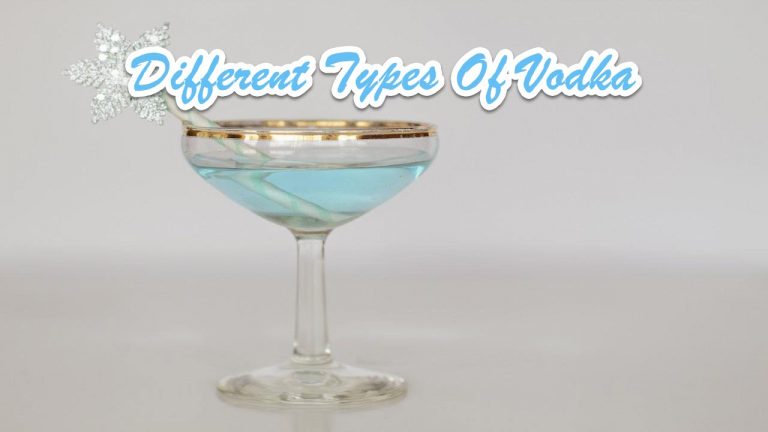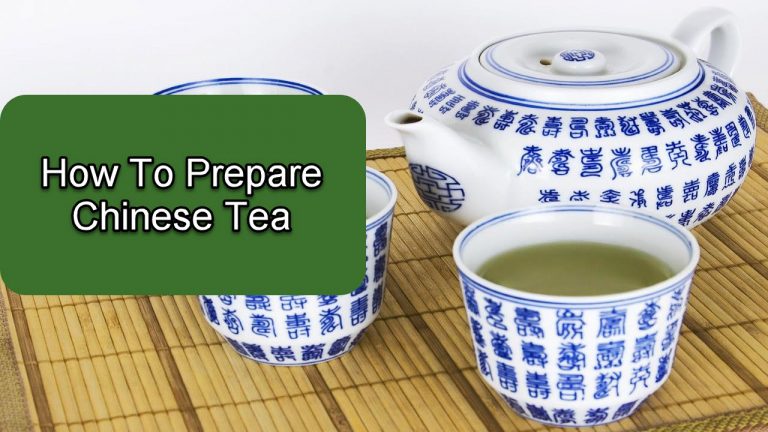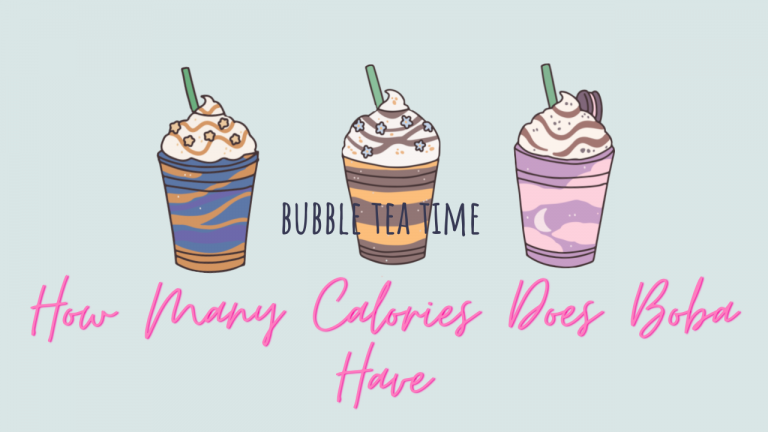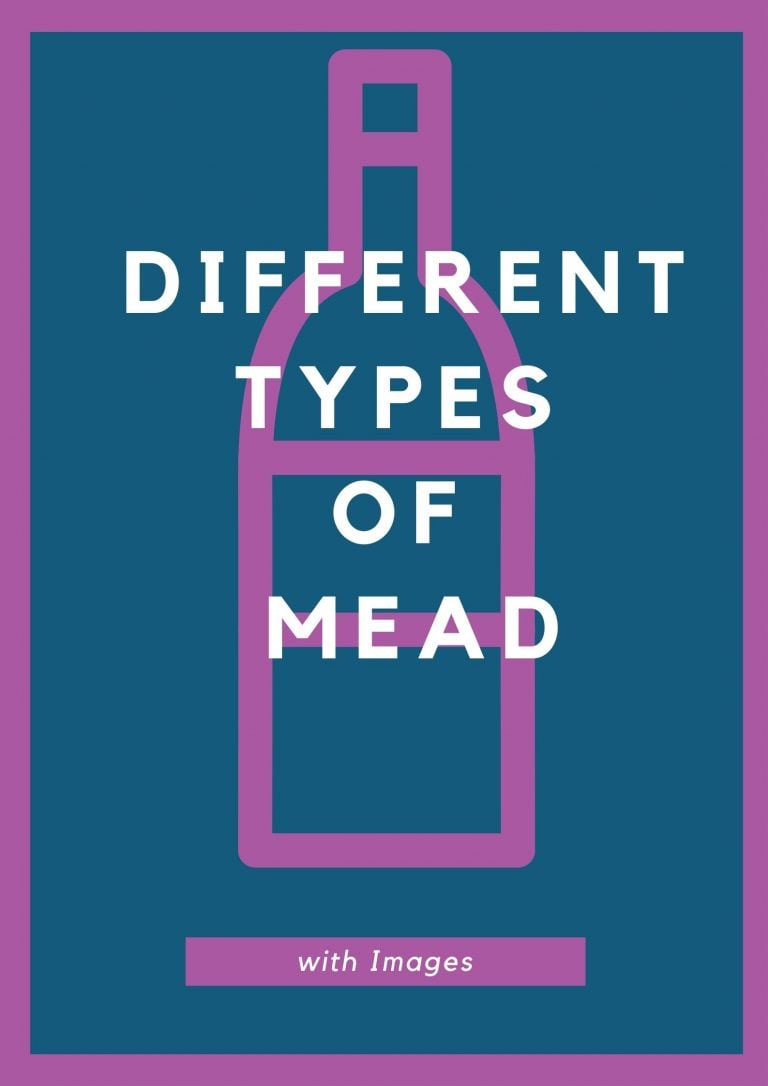12 Different Types Of Boba Toppings With Images
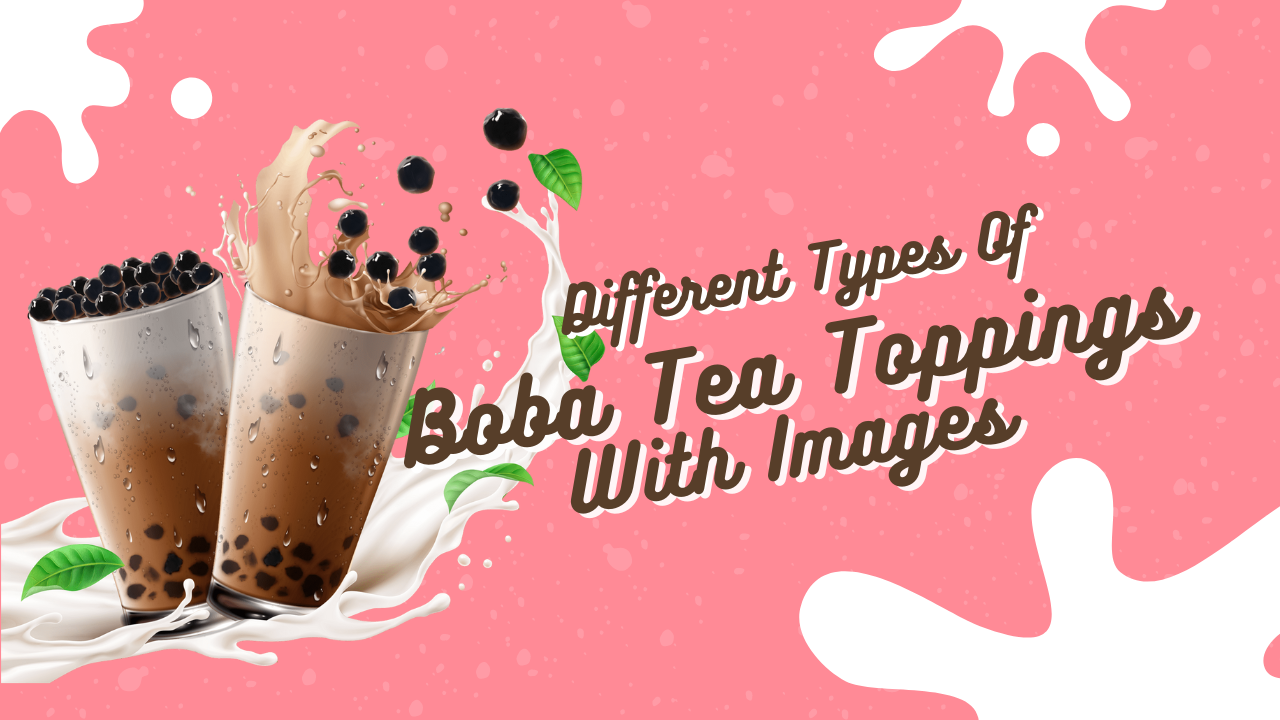
Are you a bubble tea lover? If so, then you’ve come to the right place.
The flavors of bubble tea, sometimes referred to as milk tea, are evolving everyday. The menu at your local boba shop might be somewhat overwhelming. But you may enjoy these refreshing boba drinks because there are so many boba tea flavors and topping combinations available.
Prepare to delve into the vast world of boba tea toppings. Learn all there is to know about ordering bubble tea and selecting the flavors and different types of boba toppings.
If you are one of the boba lovers, and are interested to know the different types of bubble tea toppings, scroll down and continue reading.
Boba Toppings
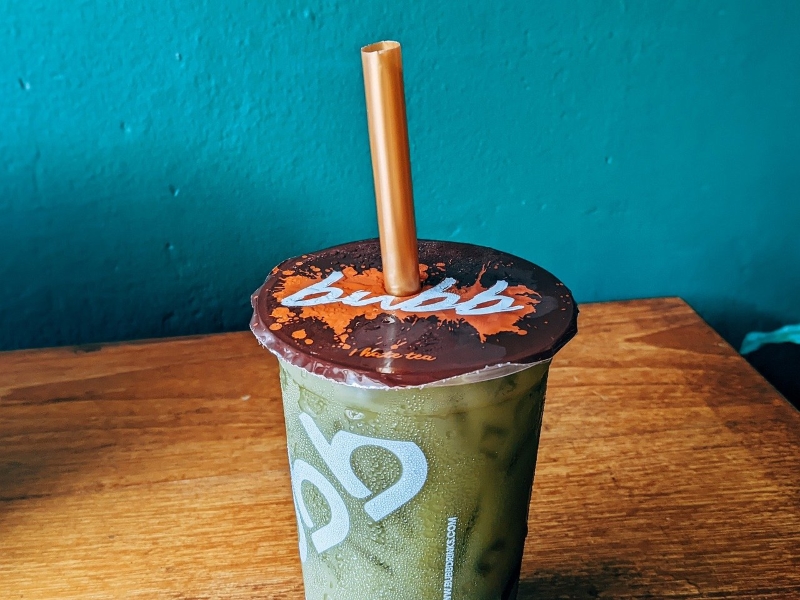
Bubble Tea
Also known as pearl milk tea, bubble milk tea, tapioca milk tea, boba tea, or simply boba.
The tea-based drink known as “bubble tea” first debuted in Taiwan in the early 1980s. It can be served with other toppings as well, like grass jelly, aloe vera, or red beans. It’s primarily made with tea plus chewy tapioca balls, which is also known as “boba” or “pearls”.
The two most widely consumed flavors and kinds of bubble tea are black pearl milk tea and green pearl milk tea. “Pearl” indicates the tapioca pearls at the bottom of the drink.
There are actually two types of bubble teas, these are the milk teas and teas without milk. Boba drinkers can choose black, green, or oolong tea as the base for either variety, depending on the menu of boba tea shops.
Usually made with fresh milk or powdered milk, milk teas can also be made using condensed milk, almond milk, soy milk, or coconut milk.
A combination of hot Taiwanese black tea, tapioca pearls, condensed milk, and syrup or honey made up the earliest known bubble tea beverage. Today, cold servings of bubble tea are the most typical. The starch of the cassava, a tropical shrub recognized for its starchy roots that was introduced to Taiwan from South America under Japanese colonial control, was originally used to produce the tapioca pearls or boba pearls, which has a chewy texture, and give bubble tea its distinctive flavor. These were quickly succeeded by larger pearls.
Currently, some coffee shops offer bubble tea exclusively. While some coffee shops utilize plastic lids, more authentic bubble tea shops provide boba drinks by heating plastic cellophane to seal the cup’s top. The latter technique prevents spills until the tea is ready to be consumed and enables the milk tea to be shaken in the serving cup. A larger-than-average drinking straw known as a “boba straw” is then used to pierce the cellophane, allowing the boba toppings to pass through.
Check out the the popular bubble tea toppings below.

1. Egg Pudding Or Custard Pudding
Custard is a variety of food products made with sweetened milk, cheese, or cream that are thickened by cooking them with eggs or egg yolks, occasionally together with flour, corn starch, or gelatin.
Egg pudding truly goes well with any milk tea, but it’s one of my favorite boba toppings with the classic boba drink. The egg pudding being used boba drinks has a thicker, almost flan-like consistency. While commercial grade egg pudding in boba shops is probably composed of a powder mix, homemade egg custard is produced using eggs, milk, and sugar.
According to a research, egg pudding has more sugar but less calories than boba and jelly. A popular milk tea shop called Gong Cha claims that their egg pudding has 23 calories per serving, while Kungfu Tea’s has 87.
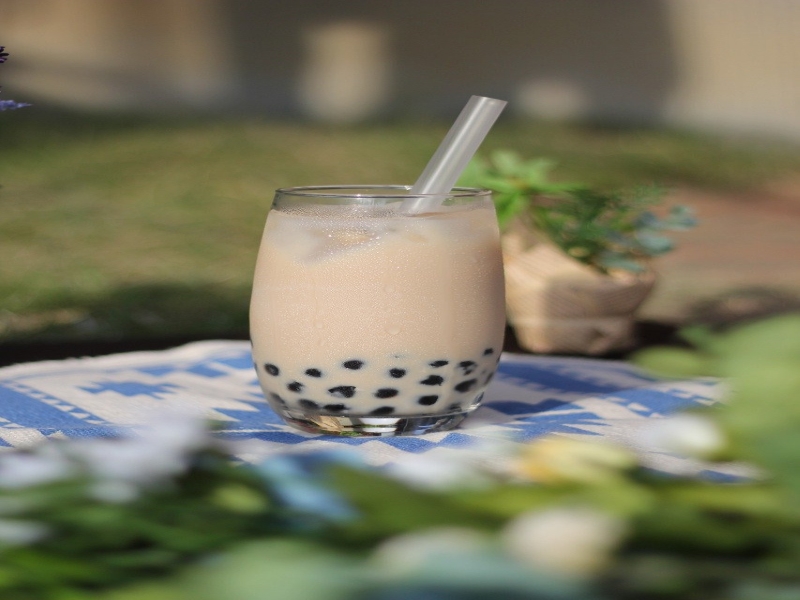
2. Tapioca Pearls
Tapioca pearls, also known as tapioca balls or boba pearls. The translucent, edible tapioca pearls are created from tapioca starch, which is derived from the cassava root. They were first used in Southeast Asian cuisine as a less expensive counterpart for sago. They are most commonly referred to as pearls or boba when used as a component of bubble tea. The starch pearls typically have a diameter of five to ten millimeters (0.2 to 0.4 inches). Tapioca pearls can be manufactured to have a variety of colors and textures by adding various components, such as water, sugar, or another kind of sweetener, like honey. Tapioca pearls come in a variety of colors and sizes, including transparent, flavored, popping, and small. To produce tapioca pearls sweet and chewy, they are frequently dipped in sugar syrup. They are generally added to bubble teas for its texture only. The beverage itself usually provides the flavor.
Generally speaking, the chewy spheres found in bubble tea can be made in a variety of methods, but tapioca pearls, also known as boba pearls, are the most typical component. The color of the pearls varies depending on what is added to the tapioca mixture. The majority of pearls are made of black sugar or brown sugar.
The majority of tapioca pearls is made of carbs. Nearly 550 calories and 135 grams of carbs are found in one cup. The fact that tapioca is a source of iron, dietary fiber, and manganese is just one of its advantages. Those who are allergic to gluten, nuts, or grains should also consider tapioca because it doesn’t include any of those ingredients. Additionally, tapioca has relatively low levels of sodium, fat, and cholesterol.
Perfect for classic milk tea, brown sugar bubble tea, and other creamy dessert drinks.
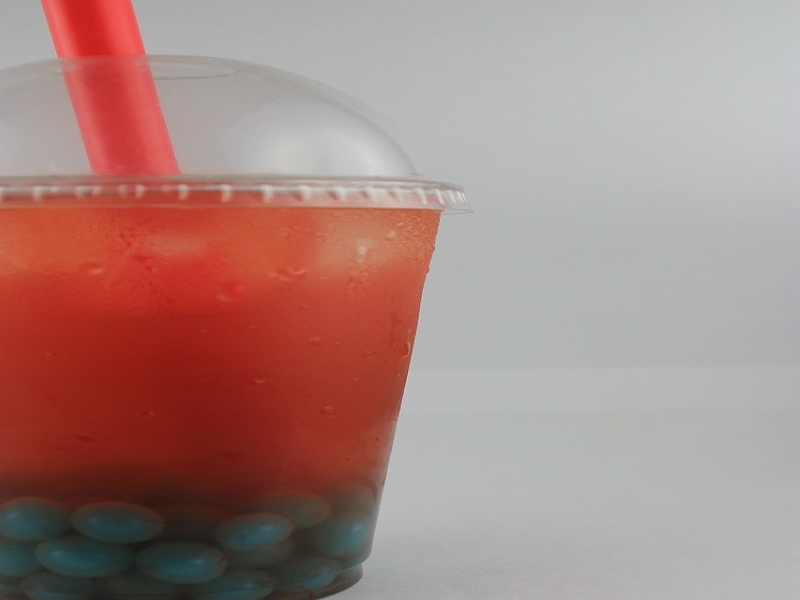
3. Popping Boba
A kind of “boba” used as a bubble tea topping is known as popping boba, also known as popping pearls. Popping boba is produced using the spherification process, which depends on the reaction between sodium alginate and either calcium chloride or calcium lactate, in contrast to traditional boba, which is manufactured from tapioca. P opping boba causes the juice inside to burst through its thin, gel-like ski when squeezed. Water, sugar, fruit juice, or other tastes, as well as the things required for spherification, are typically the ingredients for popping boba.
In addition to replacing traditional boba in bubble tea, it is also used to smoothies, slushies, and frozen yogurt as a topping. Recently, popping or bursting boba has gained popularity and is similar to Gushers or juicy fruit treats. It is occasionally even available as a topping at frozen yogurt cafes. This sweet alternative typically comes in a complete, vibrant selection of fruit flavors and is covered in syrup. It has a gel-like exterior that, when chewed into, releases into a liquidy joy. Popping boba may have juice, syrups, or a combination of both within, depending on the boba shop.
Mango popping boba, passion fruit popping boba, strawberry popping boba, green tea popping boba, honey melon popping boba, pomegranate popping boba, blueberry popping boba, and kiwi popping boba are some of the most well-known flavors of popping boba.
Those who prefer sweet treats should choose this topping because it is sweet and artificially flavored. For fresh fruit tea, or other fruity drinks, pair it with this type of boba topping.
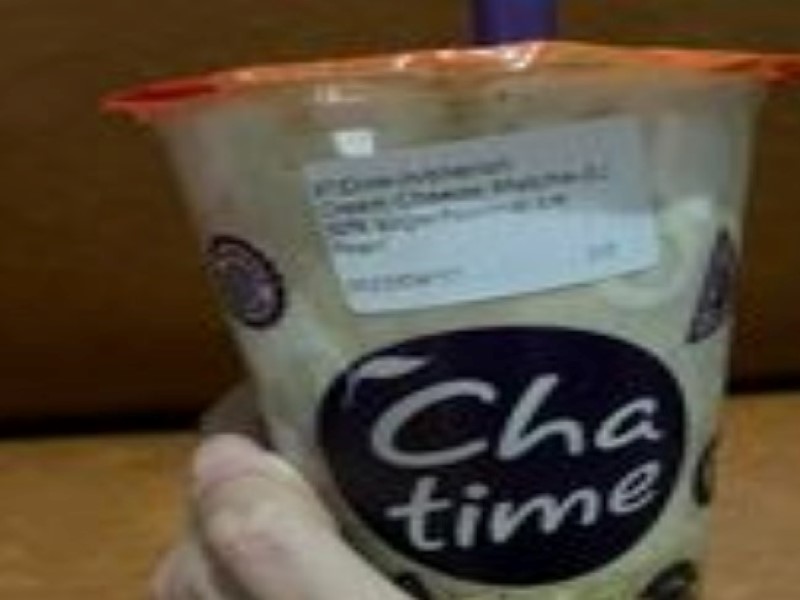
4. Cheese Foam
If you enjoy cheesecake, then you’ll definitely love this topping. Cheese foam is a Taiwanese concept. Perhaps the only authentic boba topping is a fluffy foam layer of sugar, cream cheese, whipped cream, and milk foam that is placed on top of tea. Some restaurants serve a “milk cap” in its place, skipping the cream cheese completely. You can order cheese foam with just a regular tea, ideally black, and receive a delicious flavor of cheesecake tea magic with every sip because cheese foam is quite dense and creamy.
Cheese foam is one of the highest calorie boba toppings due to the abundance of delectable cream-based ingredients.
This boba tea topping is excellent for oolong tea, or black tea.

5. Agar Agar Or Crystal Boba
These days, sophisticated bubble tea shops all across the US and UK are selling crystal boba. In contrast to black tapioca pearls, it has a translucent white appearance and a soft jelly-like consistency.
These type of boba toppings are very soft and has a jelly-like texture. The plant that is utilized to create them gives them a light citrus flavor as well.

6. Taro Balls
Taro is a starchy root that became well-known due to its attractive lavender hue when added to beverages with a characteristic of somewhat popcorn flavor. This particular boba topping is remarkable in that the same flavor may also be found in milk tea or smoothies. Every boba cafe has a unique manner of preparing taro, from a taro milk tea that mixes black tea, fresh taro paste, and milk to a taro milk tea that is made with powder.
In order to make the taro balls softer, mashed taro can be combined with water and either sweet potato flour or potato flour. The dessert’s appearance is crystal purple or grey due to the color of the mashed taro. To make the yellow sweet potato balls or the green mung bean balls, the mashed taro can be swapped out for mashed sweet potato or crushed mung bean.
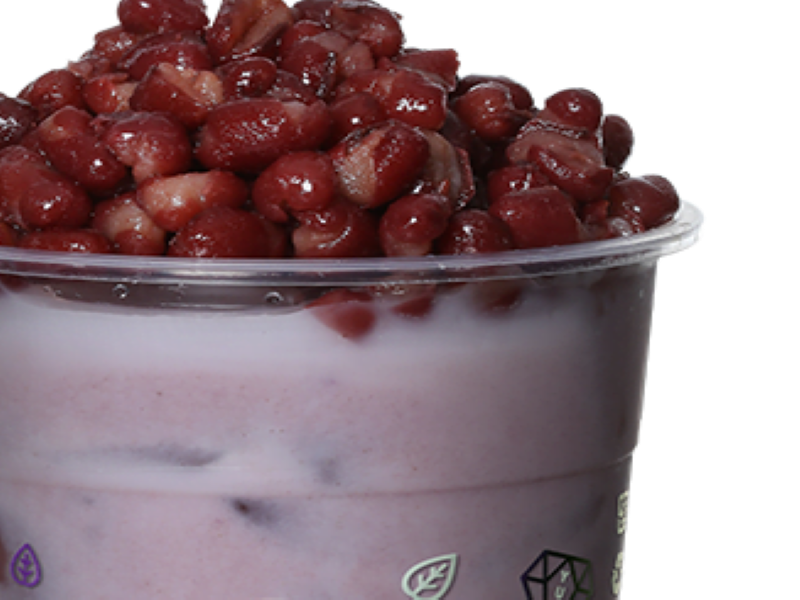
7. Adzuki Beans Or Red Bean
Another popular type of boba topping is the red bean or adzuki bean.
Adzuki beans are used to make sweet red beans, which have long been a common dessert in East Asia. Red beans are a great addition to practically any milk tea with other boba toppings because of their sweet earthy flavor. Despite being nearly crushed into a pulp, the beans’ little chewiness gives the delightful impression that you are chewing into tapioca pearls. You could even simply prepare red bean paste at home if your nearby store supplies adzuki beans.
Red bean is a tasty but also a healthy boba topping that contains calcium, protein, and other minerals. Red bean calories range from 100 to 125 per serving, which puts them in the middle of other boba toppings.

8. Grass Jelly Toppings
A jelly-like dessert consumed in East and Southeast Asia is called grass jelly, often referred to as leaf jelly or herb jelly or herbal jelly. It has a mild, somewhat bitter flavor and is made from Chinese mesona, a plant related to mint. It can be ordered chilled, with additional toppings like fruit, in bubble tea, or with other beverages. It is available in Asian supermarkets.
Generally speaking, it is a common addition to many dishes, including fruit salad, boba, bubble tea, and many more.
Unlike boba balls, grass jelly keeps well in the refrigerator overnight and has a flavor that is similar to an earthy Jell-O. One of the lowest calorie options for adding texture to a drink in comparison to other boba toppings is another benefit.
Unsweetened grass jelly has 15 grams of carbs, including 0.5 grams of dietary fiber, and around 15 grams of protein per 500 grams. Grass jelly is free of any fat, nutrients, or vitamins.
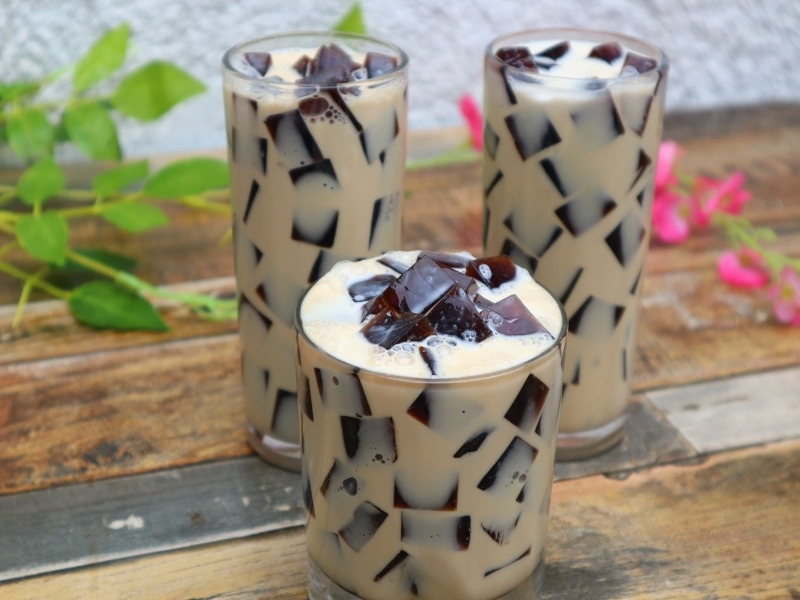
9. Coffee Jelly
Agar, a gelatinous substance formed from algae and known as kanten in Japanese, is combined with sweetened coffee to create coffee jelly. Agar, which is more frequently used in European and American cuisine, may easily be replaced with gelatin.
It is frequently served cubed in a variety of drinks and dessert dishes. Occasionally, coffee jelly cubes are put in milkshakes, at the bottom of ice cream floats, or as a garnish on ice cream sundaes. In addition to cream, gum syrup, and the well-known boba tea topping, coffee jelly is frequently added to a cup of hot or iced coffee.
Coffee-based beverages, boba drink, and plain tea go best with this topping. Coffee lovers will surely love this type of topping.
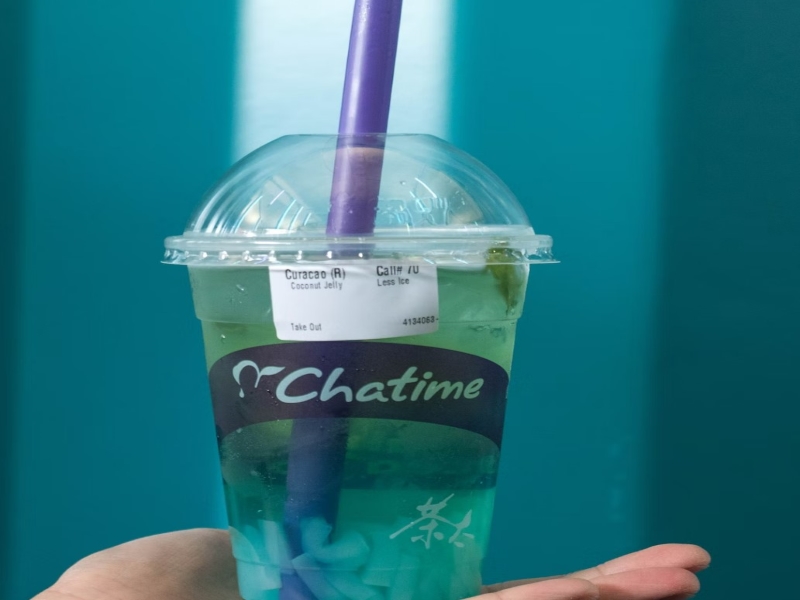
10. Aloe Jelly (Aloe Vera)
For fruity tea or even just plain classic tea, aloe jelly is a revitalizing, hydrating alternative. Due to its mild flavor, it makes a perfect light topping to combine with other jellies or chia seeds. Aloe is often mixed with more “organic” drinks that include fresh fruits and flavors, hence it isn’t frequently found in boba shops.
One of the healthiest and least caloric boba topping options is aloe jelly because it is made directly from the plant with little processing or other additives.
Aloe jelly goes well with basic tea or fruity or fresh beverage.
11. Chia Or Basil Seeds
Chia seeds can be used in smoothies, breakfast cereals, energy bars, granola bars, yogurt, tortillas, bread, and of course bubble tea. They can also be added as a topping to other dishes.
They can also be eaten uncooked or turned into a gelatin-like material. In vegan and allergen-free baking, the gel made from powdered seeds is frequently utilized in place of eggs to provide additional nutrients.
Because the chia seed covering is thin and easily digested, unlike flax seeds, whole chia seeds don’t need to be ground, potentially increasing nutrient bioavailability.
There are several methods to make your order more nutritious, including choosing chia or basil seeds as a boba topping. Basically, t he tiny seeds become gelatinous when exposed to liquid, which can be an intriguing look and texture. They pair amazingly well with more fruity, fresh drinks.
Chia and basil seeds both have a reputation for having a lot of protein, fiber, vitamins, and minerals.
12. Aiyu Jelly
The creeping fig, a tropical-tasting fruit that is exclusively found in Taiwan and other regions of East Asia, is used to make aiyu jelly. Since aiyu is not naturally sweet but is nevertheless very cooling, sweeteners like honey or sugar are added to turn it into a mouthwatering Taiwanese summer dessert. Aiyu is perfect when it’s combined with tangy teas like orange or lemon green or black tea.
This is definitely ideal for citrus fruit flavored drinks.

